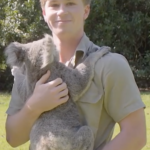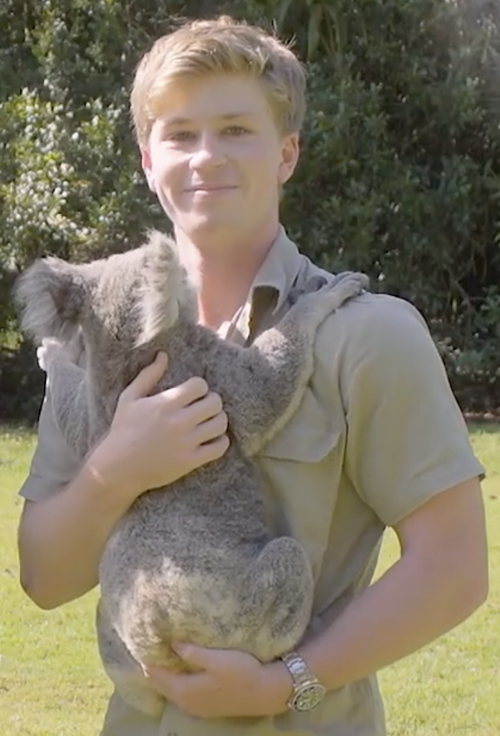In a breakthrough that reads like science fiction, Dallas-based Colossal Biosciences has announced the “world’s first successfully de‑extincted animal”: the dire wolf. Using cutting‑edge de‑extinction and resurrection biology techniques, researchers coaxed three pups into the world by combining ancient DNA with modern cloning and gene editing. This milestone, unveiled on Monday, ushers in a new era of paleogenomics and synthetic biology.
The prehistoric Aenocyon dirus once reigned as a top predator across North America during the Pleistocene epoch. Larger than any modern gray wolf, this extinct predator boasted a broader skull, a powerful jaw, and a thick, light-colored pelt—traits meticulously reconstructed through comparative genomics. Colossal’s team began by extracting DNA fragments from a 13,000‑year‑old tooth and a 72,000‑year‑old skull, then applied high‑throughput sequencing and Next Generation Sequencing to assemble two complete dire wolf genomes. By mapping gene variants responsible for signature phenotypic traits—such as fur density and facial proportions—scientists identified the precise molecular biology changes needed to recreate the ancient animal’s appearance.
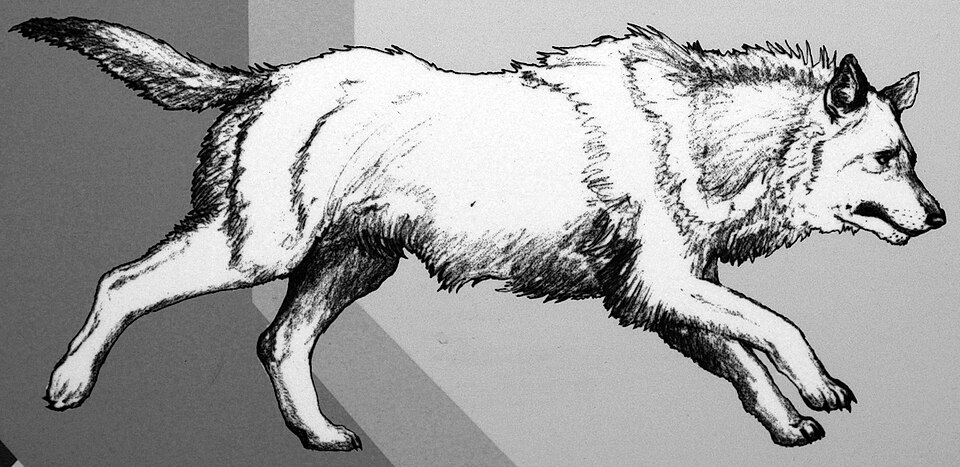
Rather than attempt a carbon copy, the researchers opted for a hybrid species approach. They took cells from a living Canis lupus specimen, introduced 20 targeted edits across 14 genes using CRISPR‑Cas9 and base editing, and then employed somatic cell nuclear transfer (SCNT) to clone the modified nuclei into enucleated domestic dog eggs. These lab‑grown embryos underwent careful tissue culture before being implanted via embryo transfer into surrogate dams—large, mixed‑breed hounds that graciously carried the first litters to term.
Two male dire wolf pups arrived on October 1, 2024, followed by a female on January 30, 2025. Matt James, Colossal’s chief animal officer, noted that singleton births were “pretty optimal,” avoiding the complications of managing large litters. Housed within a 2,000‑acre, zoo‑grade enclosure under USDA certification and American Humane Society oversight, the juveniles roam freely under remote monitoring. Security personnel, drones, and live camera feeds ensure both animal welfare and research integrity.
Colossal’s co‑founder and CEO, Ben Lamm, hailed the achievement as proof that their end‑to‑end de‑extinction pipeline works. He envisions expanding the program to other extinct megafauna—woolly mammoth, dodo, and Tasmanian tiger among them—by leveraging a gene bank of ancestral genome data. Meanwhile, chief science officer Beth Shapiro emphasizes the goal of resurrecting functional copies rather than perfect genetic replicas, focusing on key functional genomics differences to restore the dire wolf’s ecological niche.
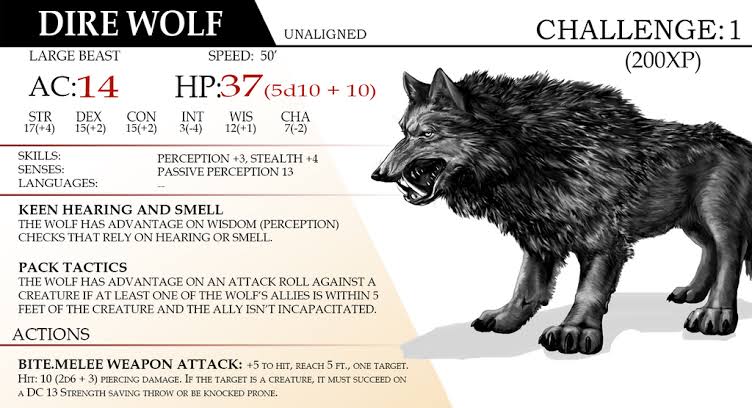
The project has already spurred ancillary conservation efforts. Using insights gleaned from editing canid genomes, Colossal has produced two litters of cloned red wolves—one of the world’s most critically endangered species. By bolstering genetic diversity and mitigating the founder effect, these efforts could enhance threatened species’ adaptive potential and inform restoration ecology initiatives.
However, the revival of an apex carnivore raises profound ethical debates. Bioethicists question the philosophical implications of bringing long‑extinct creatures back to life. Is authenticity defined by genome reconstruction or by morphological characteristics alone? Critics argue that the substantial funding directed toward de‑extinction might be better allocated to habitat loss mitigation and traditional wildlife conservation. Environmental policy experts caution that resurrected animals might lack the social structures and learned behaviors necessary to survive in modern ecosystems.
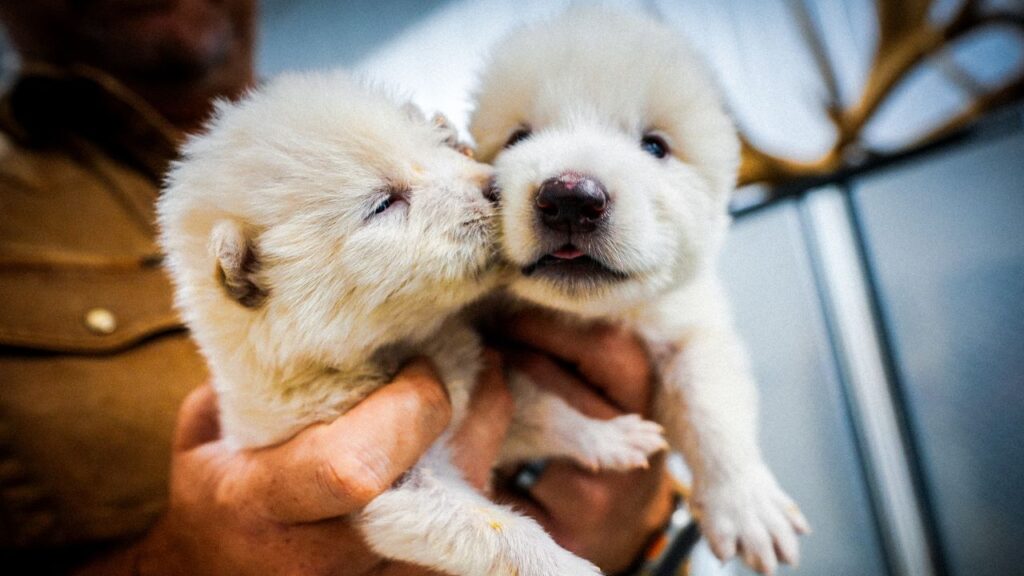
Two of the wolves were born on October 1, 2024. (Colossal Biosciences)
Regulatory frameworks have yet to catch up with the rapid advances in gene editing technology. While the US Department of Agriculture oversees the facility’s compliance, questions remain about species reintroduction protocols and ecosystem services. Could dire wolves, if ever released, displace existing carnivores or spread novel pathogens? Others suggest that the very act of de‑extinction could become a powerful tool for ecological restoration, helping to rewild degraded landscapes and reestablish lost predator‑prey dynamics.
Public perception is equally divided. Enthusiasts celebrate the scientific milestone as a testament to human ingenuity, while skeptics fear a slippery slope toward “Jurassic Park” scenarios. Colossal’s advisers, including evolutionary genomics expert Love Dalén of the Centre for Palaeogenetics, argue that the resurrected animals carry enough key edits to convincingly restore the dire wolf phenotype. Yet Dalén acknowledges that most of the genome—over 99%—remains gray wolf, underscoring the ongoing philosophical debate about what constitutes true de‑extinction.
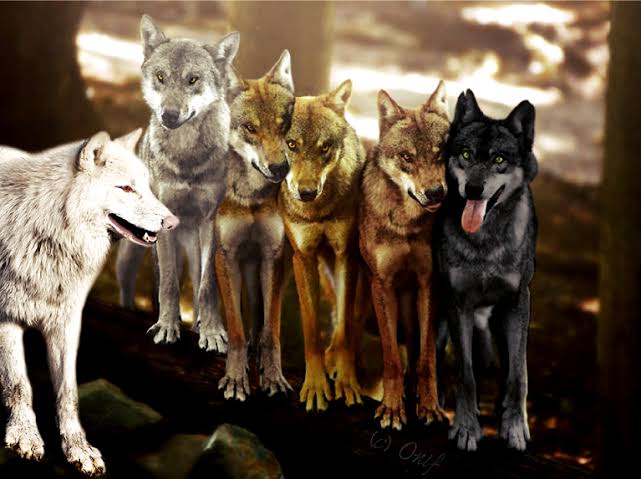
Looking ahead, the interdisciplinary collaboration between molecular biologists, ecologists, and conservation geneticists will be crucial. Plans are already underway to publish peer‑reviewed findings and refine reproductive technologies, from artificial insemination to optimized embryo implantation protocols. Harvard geneticist George Church, a co‑founder of Colossal, envisions integrating prime editing and more sophisticated CRISPR tools to fine‑tune gene expression patterns and developmental biology pathways.
For now, the young dire wolves exhibit typical juvenile behaviors—skittish exploration, pack hierarchy formation, and initial social bonding—offering a rare window into the species’ natural history. As they mature and experience the testosterone surge, researchers anticipate observing more complex pack dynamics and hunting instincts. Long‑term telemetry and field study will track their growth, health, and interactions, feeding back into conservation genetics models.
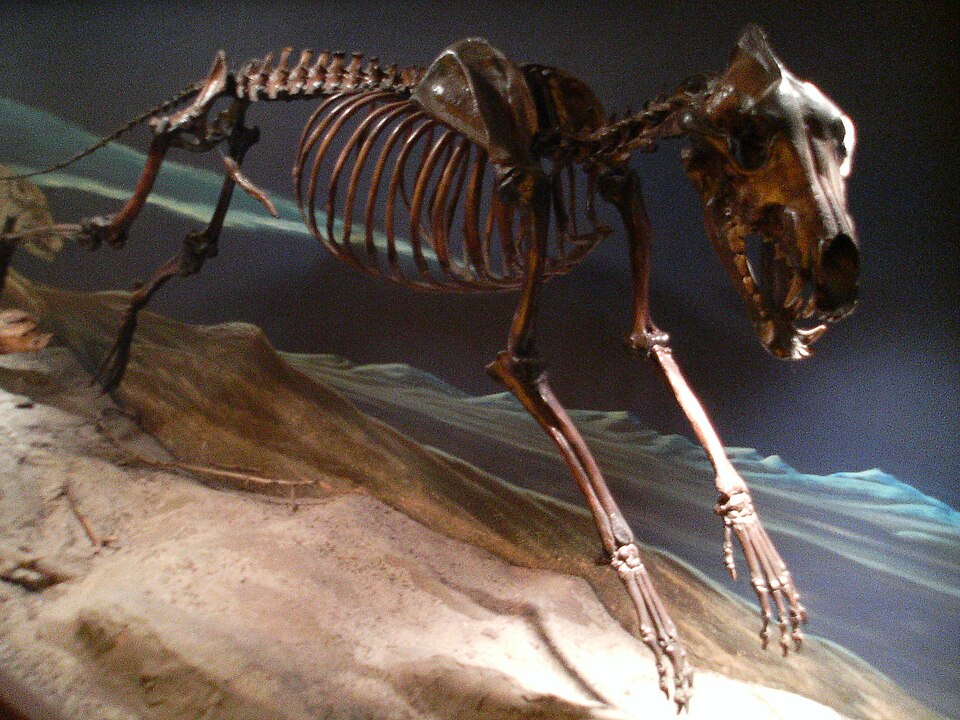
Whether these animals will ever leave their secure habitat remains an open question. In regions like Montana, where modern gray wolves face political opposition, releasing a recreated predator may be untenable. Yet the technology’s potential extends beyond spectacle. By editing harmful mutations out of living populations, introducing resilience to climate change, and enhancing genetic rescue efforts, de‑extinction techniques could revolutionize wildlife management.
As Colossal Biosciences continues its journey, the dire wolf stands as both a symbol of what has been lost and a harbinger of what might be regained. Through careful stewardship, transparent communication, and robust ethical oversight, the resurrection of Aenocyon dirus may one day evolve from a laboratory marvel to a genuine ecological restoration project—bringing back not just a creature of legend, but a piece of our planet’s rich biological tapestry.


